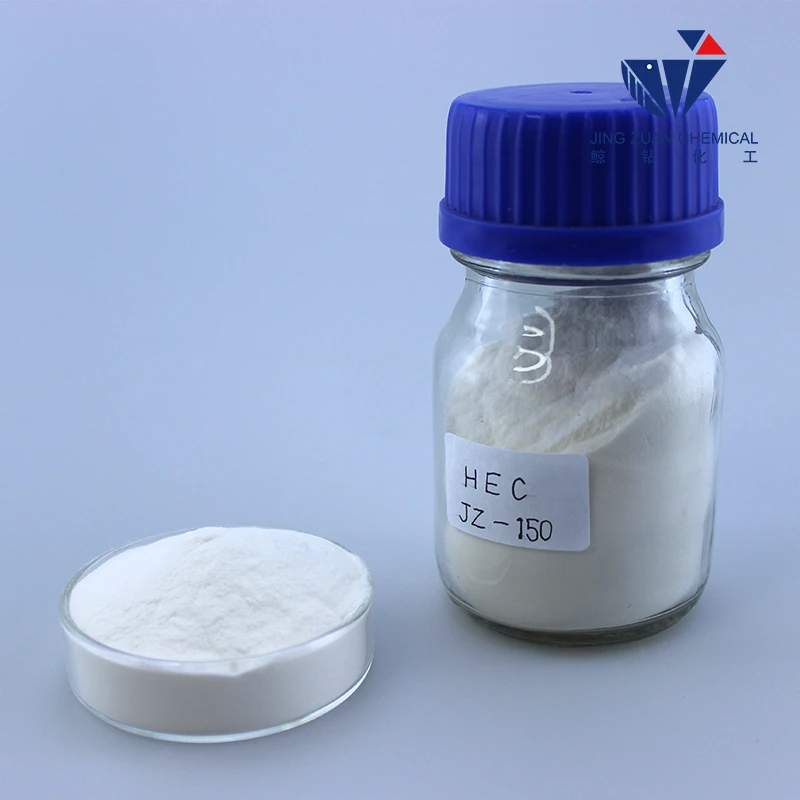
Ліст . 14, 2024 04:39 Back to list
what does hpmc stand for
Understanding HPMC What Does It Stand For?
HPMC, or Hydroxypropyl Methylcellulose, is a semi-synthetic polymer derived from cellulose, a natural compound. This versatile material has gained significant traction across various industries, including pharmaceuticals, food, cosmetics, and construction, due to its unique properties and functionalities. In this article, we explore what HPMC stands for, its properties, applications, and benefits.
What is HPMC?
HPMC is formed by modifying cellulose through the introduction of hydroxypropyl and methyl groups. This modification enhances its solubility in water and allows for a range of applications. HPMC is often available in various viscosity grades, making it suitable for a myriad of formulations, from thickening agents in food products to controlled-release formulations in pharmaceuticals.
Properties of HPMC
One of the standout features of HPMC is its ability to form viscous solutions when mixed with water. This property makes it an effective thickening agent, providing stability and texture to products. Additionally, HPMC is non-toxic and biodegradable, making it an attractive option for those concerned about environmental impact.
Another critical property is its thermal gelation; HPMC can transition from a liquid to a gel-like state when heated, which is particularly beneficial in certain culinary applications, such as creating gels and emulsions. Additionally, it functions as an excellent film-forming agent and provides outstanding adhesion, making it useful in applications like coatings and adhesives.
Applications of HPMC
1. Pharmaceuticals HPMC is extensively used as a binder in tablet formulations and as a controlled-release agent, enhancing the bioavailability of active ingredients. It is also utilized in ocular solutions, where its lubricating properties provide relief in dry eye treatments.
what does hpmc stand for

2. Food Industry In the food sector, HPMC is used as a thickening agent, stabilizer, and emulsifier. It helps improve the texture of food products, such as sauces, dressings, and desserts, while also extending their shelf life. HPMC is particularly popular in gluten-free formulations, providing structure and mouthfeel to baked goods without the use of traditional flours.
3. Cosmetics The cosmetic industry has embraced HPMC for its thickening and film-forming properties, making it an excellent ingredient in lotions, creams, and gels. It helps provide a smooth texture and enhances the stability of cosmetic formulations, ensuring that products maintain their consistency over time.
4. Construction In the construction industry, HPMC serves as a water-retaining agent in cement and drywall compounds, helping to maintain workability during the application process. Its properties also aid in the adhesion of tile adhesives and other construction materials, allowing for better performance and durability.
Benefits of HPMC
One of the compelling benefits of HPMC is its versatility. It can be tailored to meet specific functional needs across various industries. Moreover, its natural origin appeals to consumers interested in sustainable and eco-friendly products. With growing concerns over synthetic additives, HPMC serves as a reliable alternative due to its safety profile.
Additionally, the increasing demand for vegetarian and vegan products has fostered HPMC’s use as a gelling and thickening agent in food products, satisfying consumer preferences for plant-based ingredients.
Conclusion
In conclusion, HPMC stands for Hydroxypropyl Methylcellulose, a multifunctional polymer with a wide array of applications across different industries. Its unique properties, including its ability to thicken, stabilize, and improve texture, make it an invaluable ingredient in pharmaceuticals, food products, cosmetics, and construction materials. As industries continue to innovate and prioritize sustainability, HPMC's role is likely to grow, offering effective solutions without compromising safety or environmental integrity. As awareness and understanding of HPMC expand, we can expect to see even more creative uses for this remarkable compound.
-
The Ultimate Guide to Mortar Bonding Agent
NewsAug.06,2025
-
Redispersible Powder: The Ultimate Solution for Modern Construction Needs
NewsAug.06,2025
-
HPMC: Unlocking Versatility in Industrial Applications
NewsAug.06,2025
-
HPMC: Revolutionizing the Industry with Superior Formulations
NewsAug.06,2025
-
Discover the Power of Redispersible Polymer Powder
NewsAug.06,2025
-
All You Need to Know About Mortar RDP
NewsAug.06,2025







